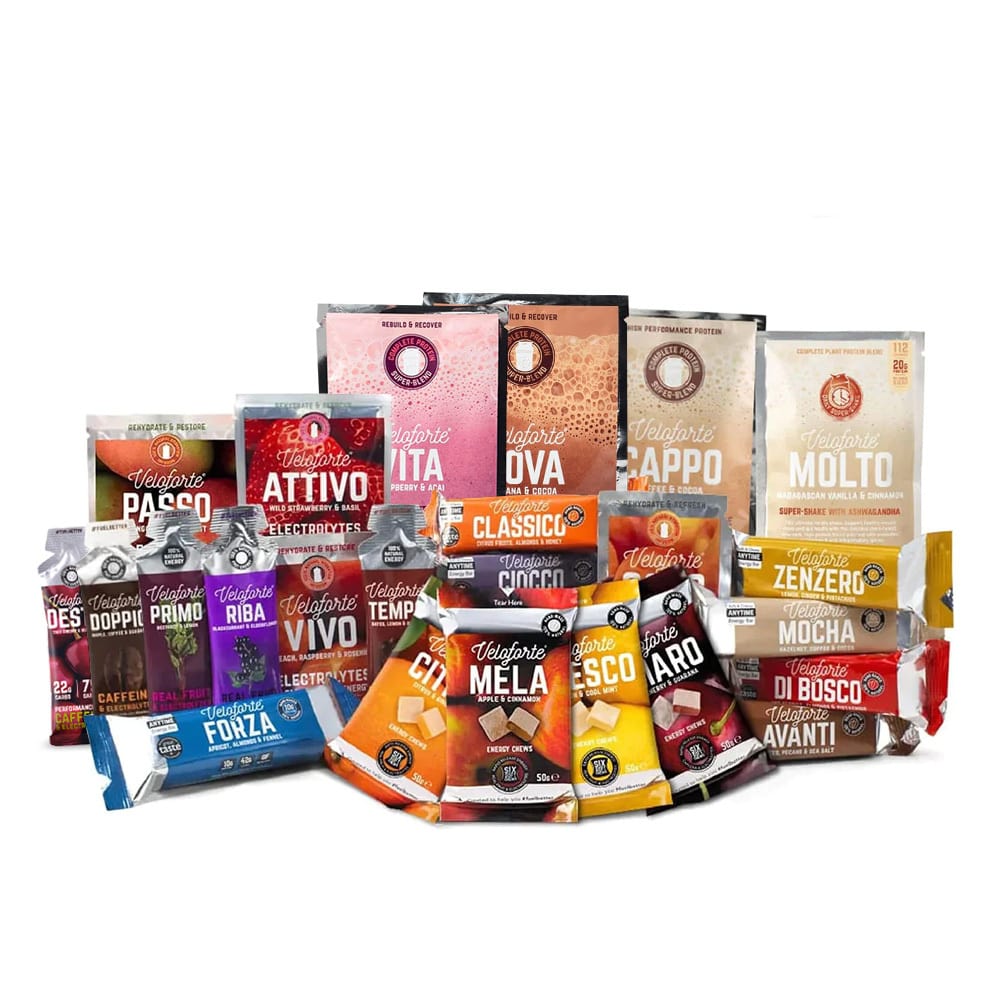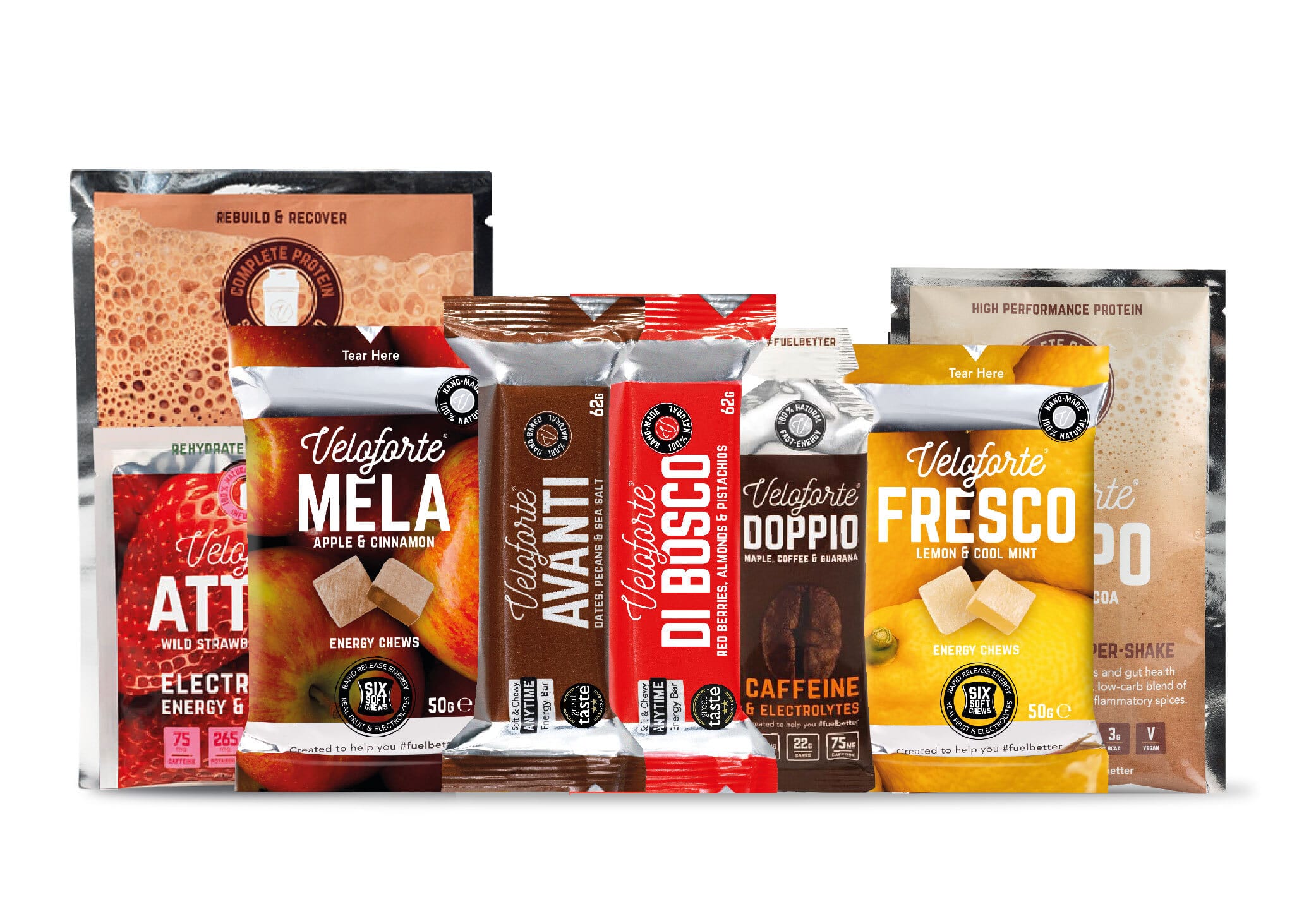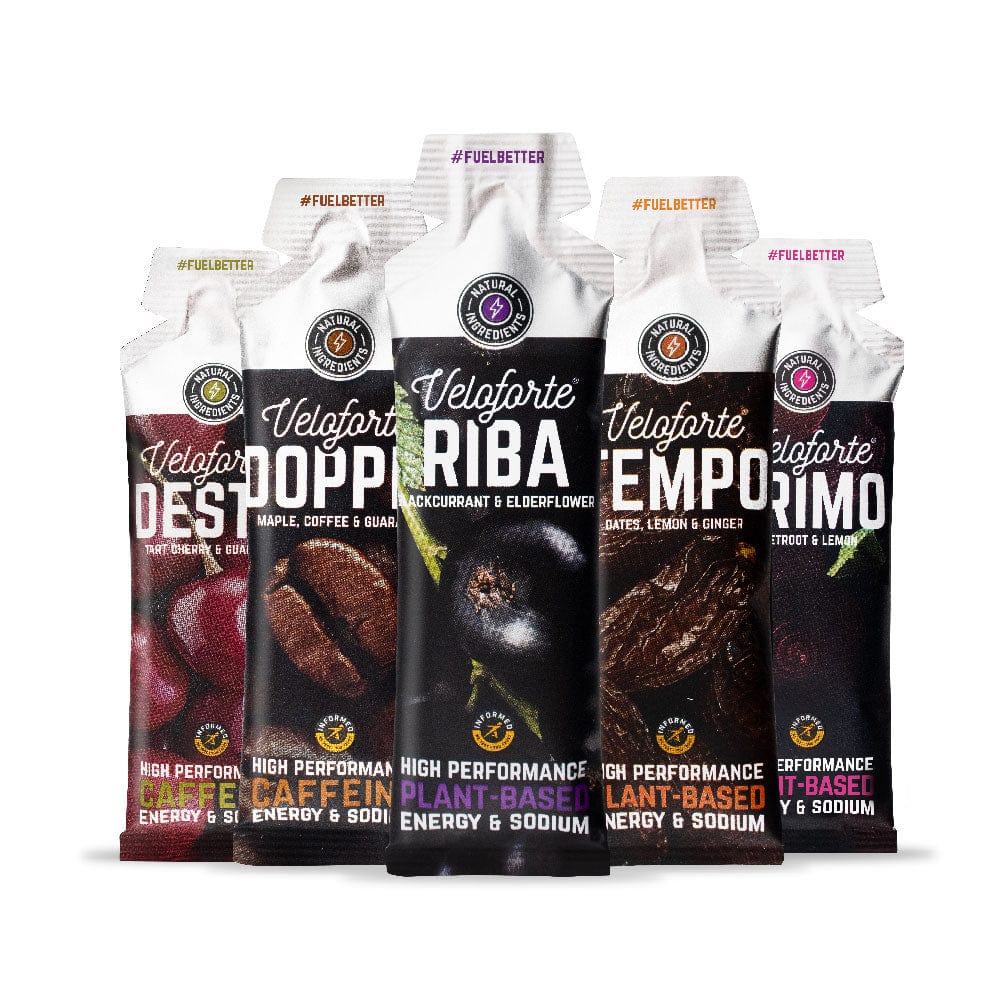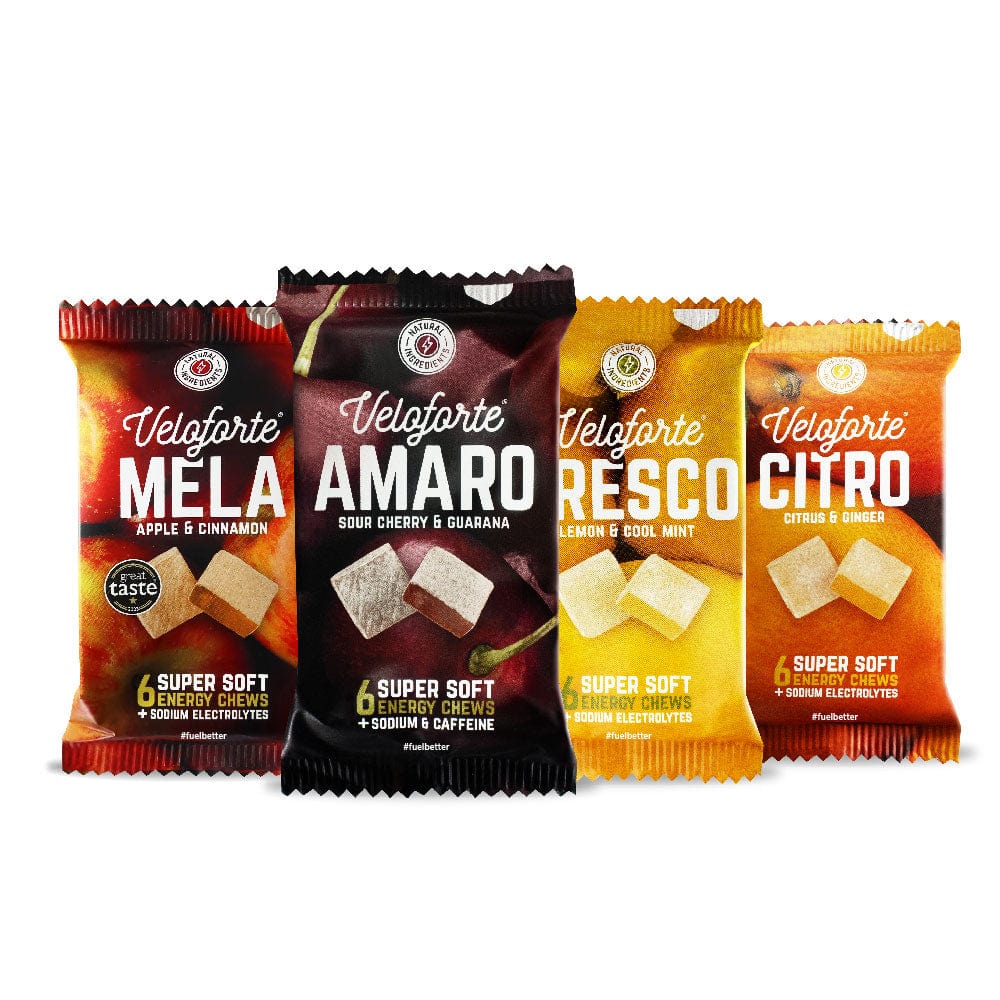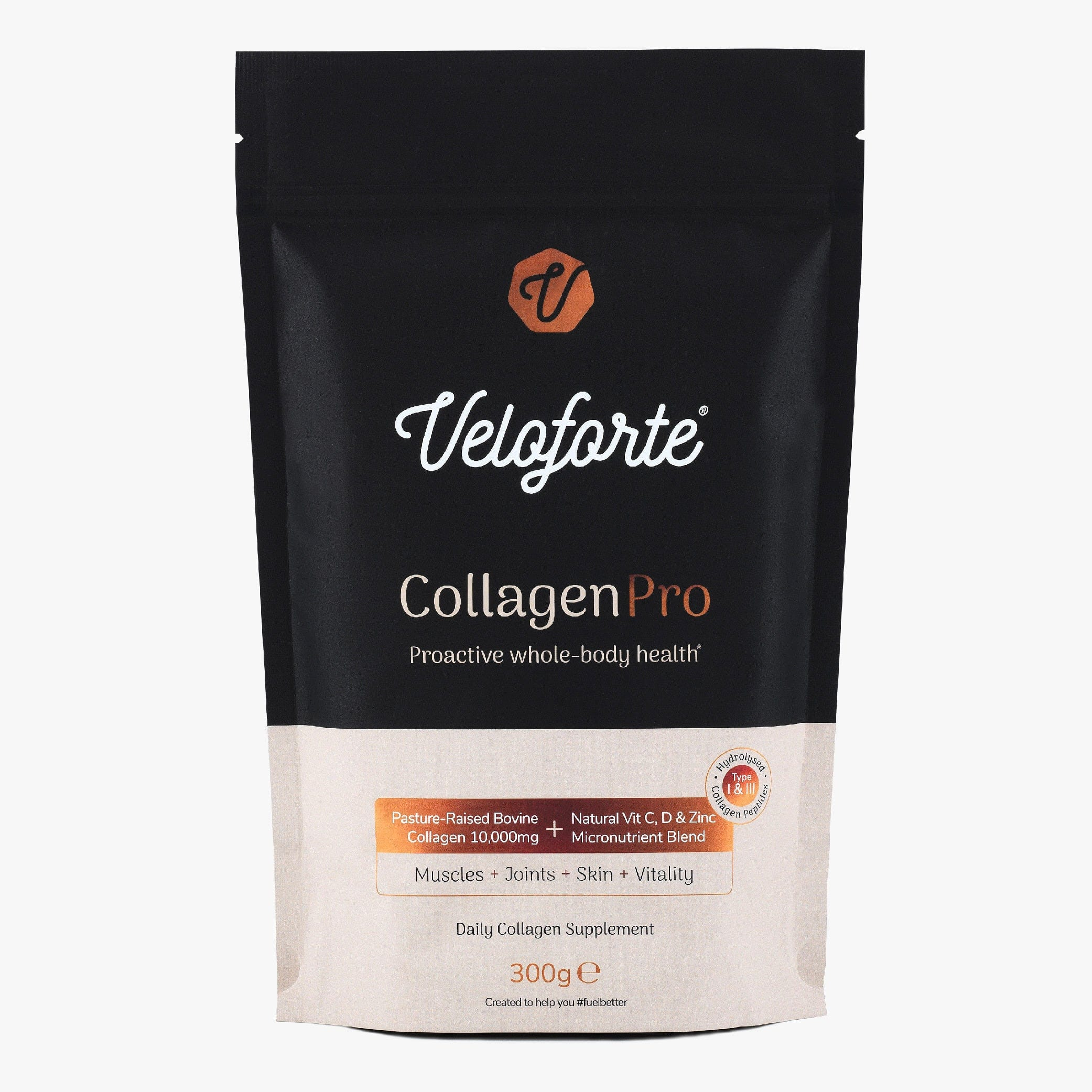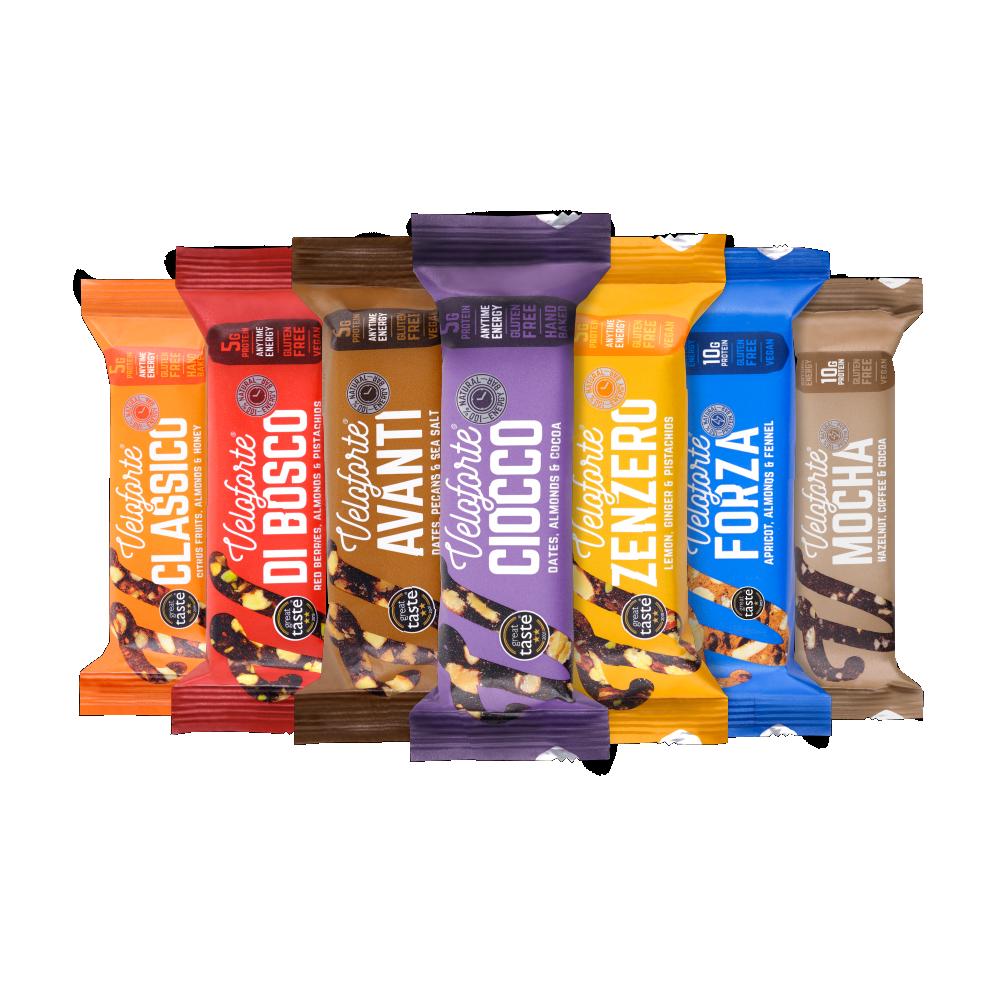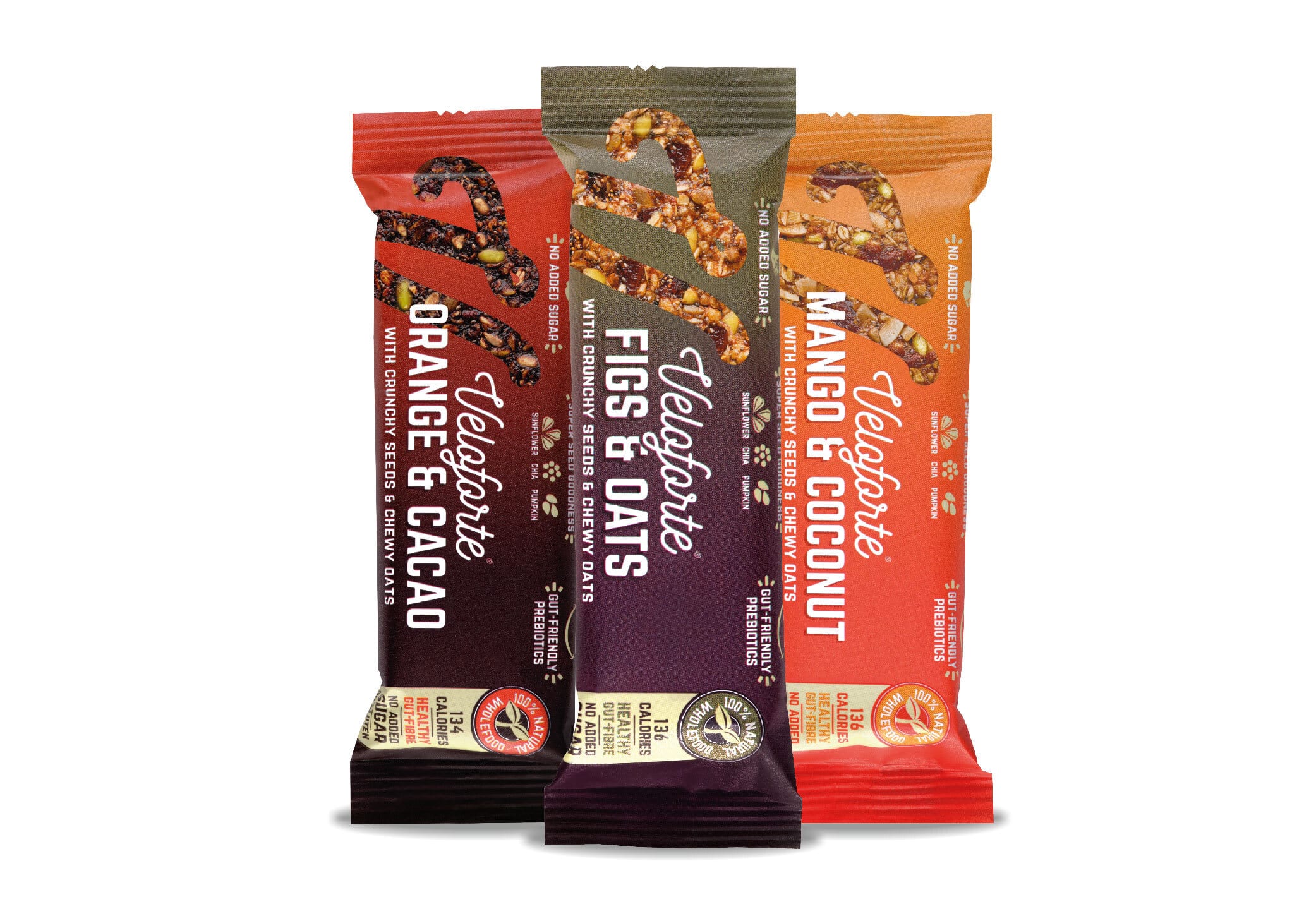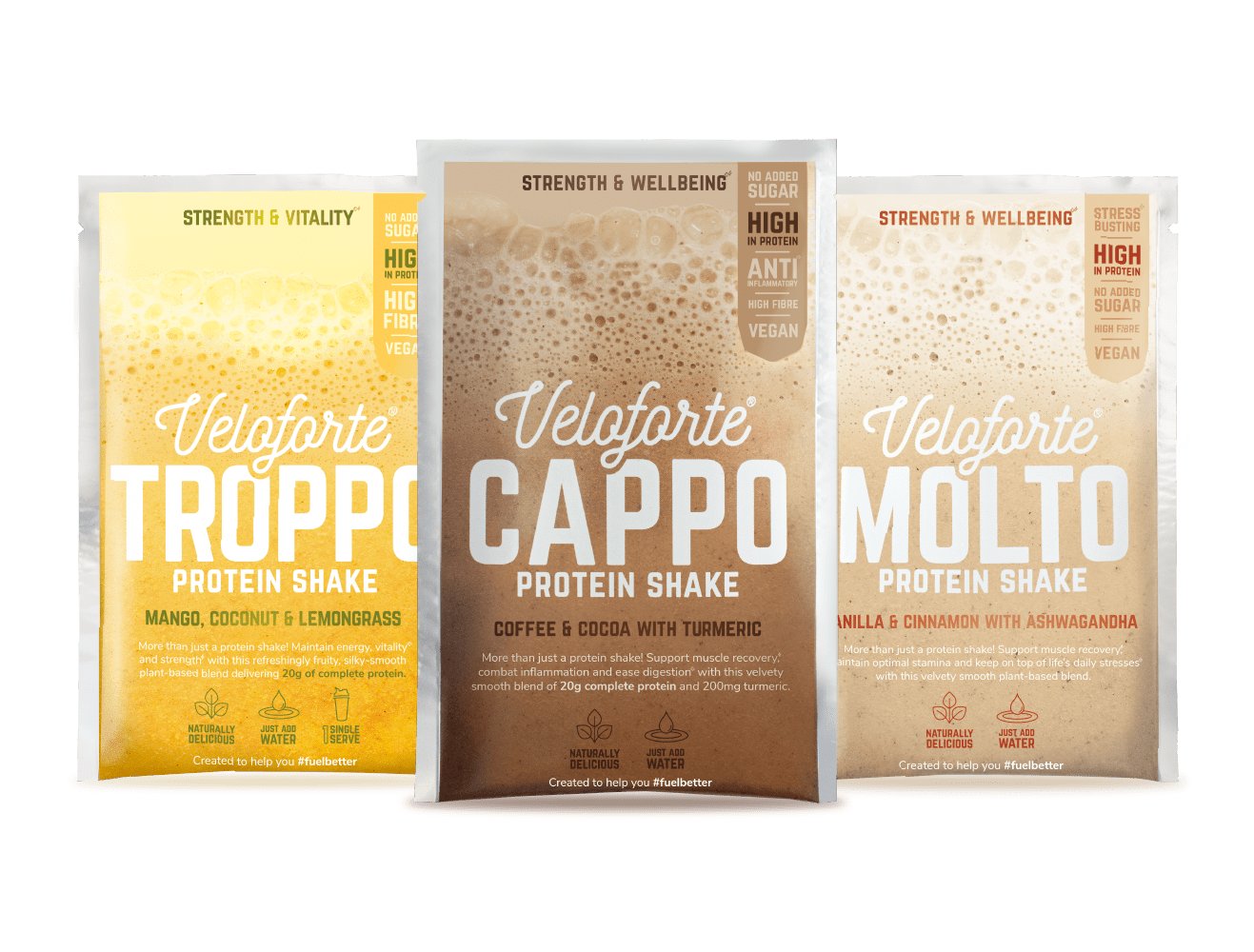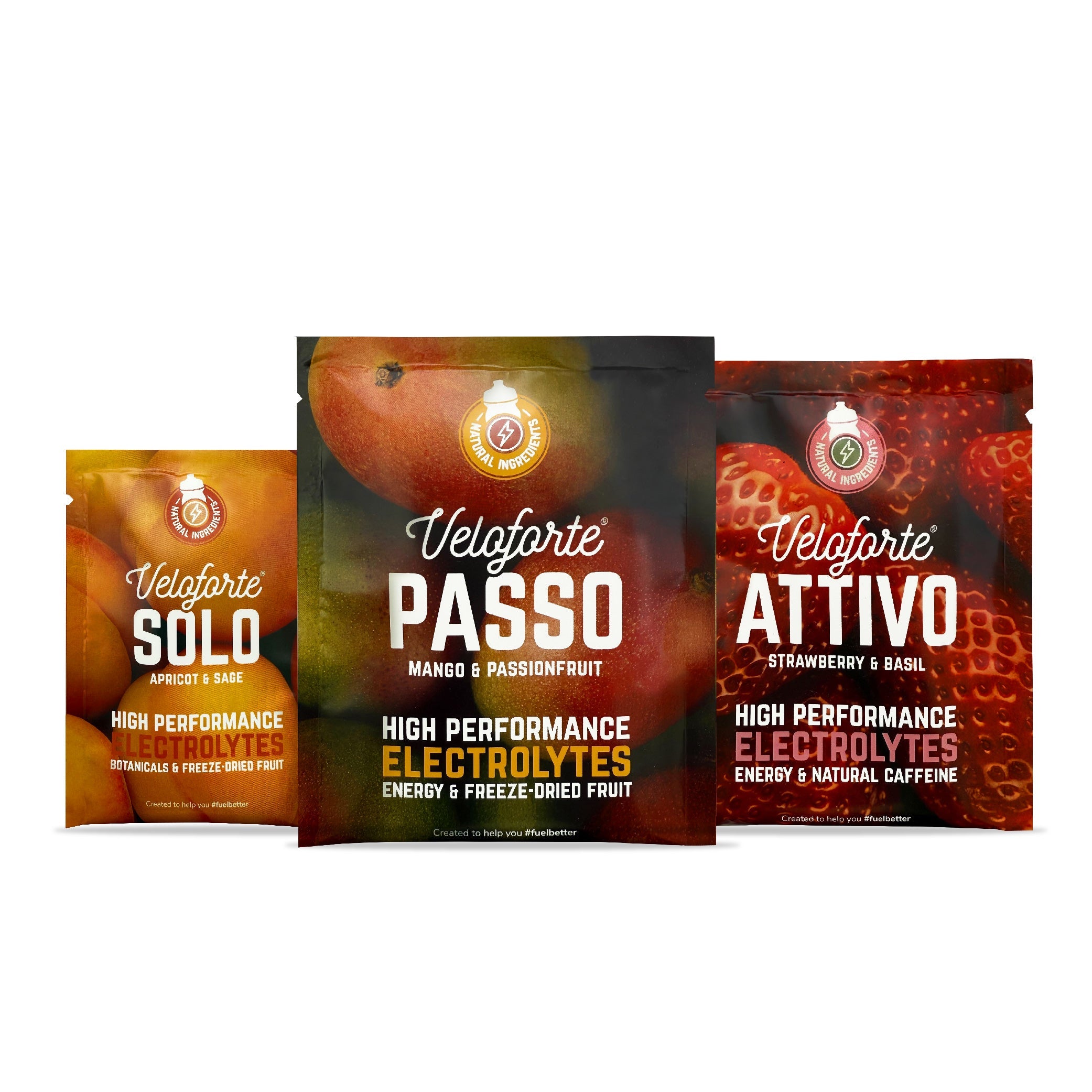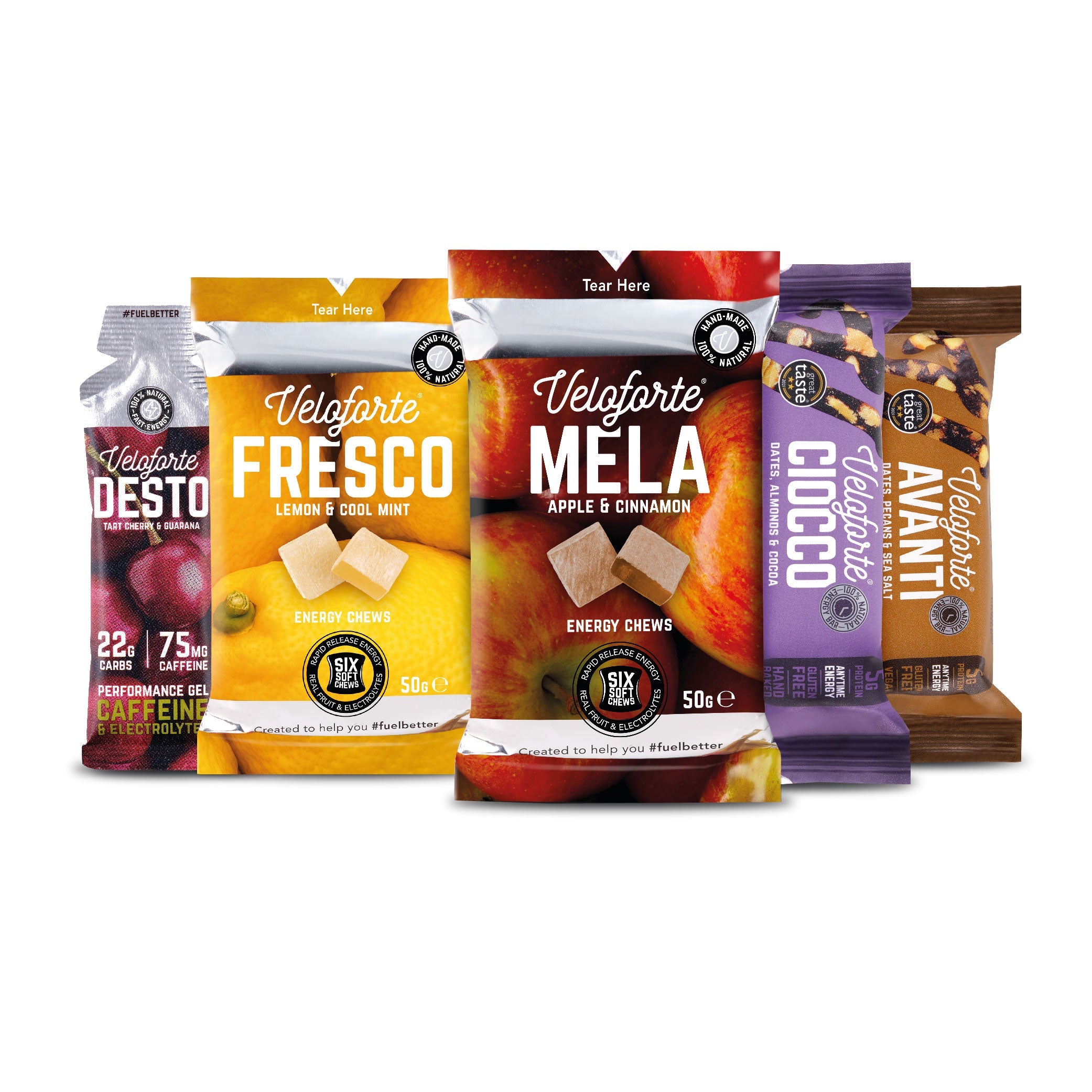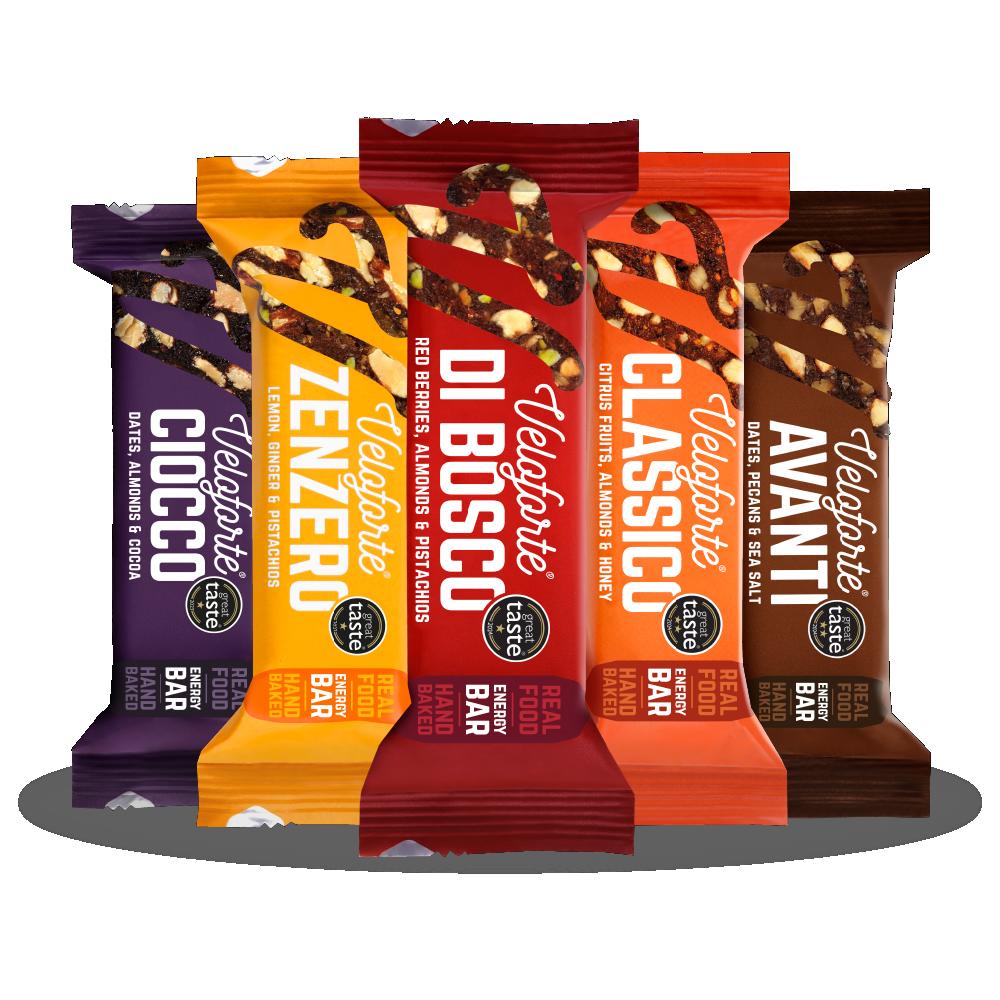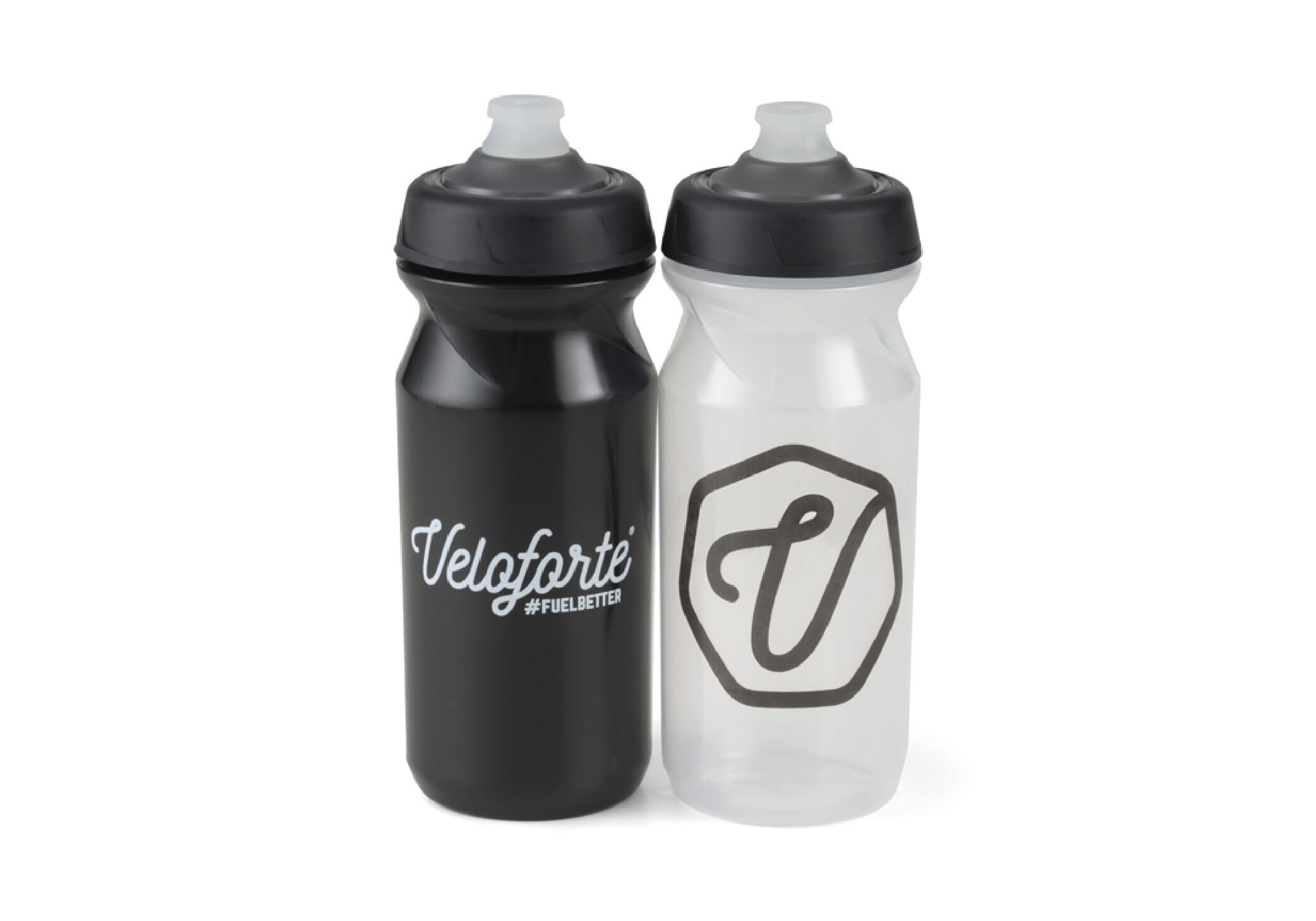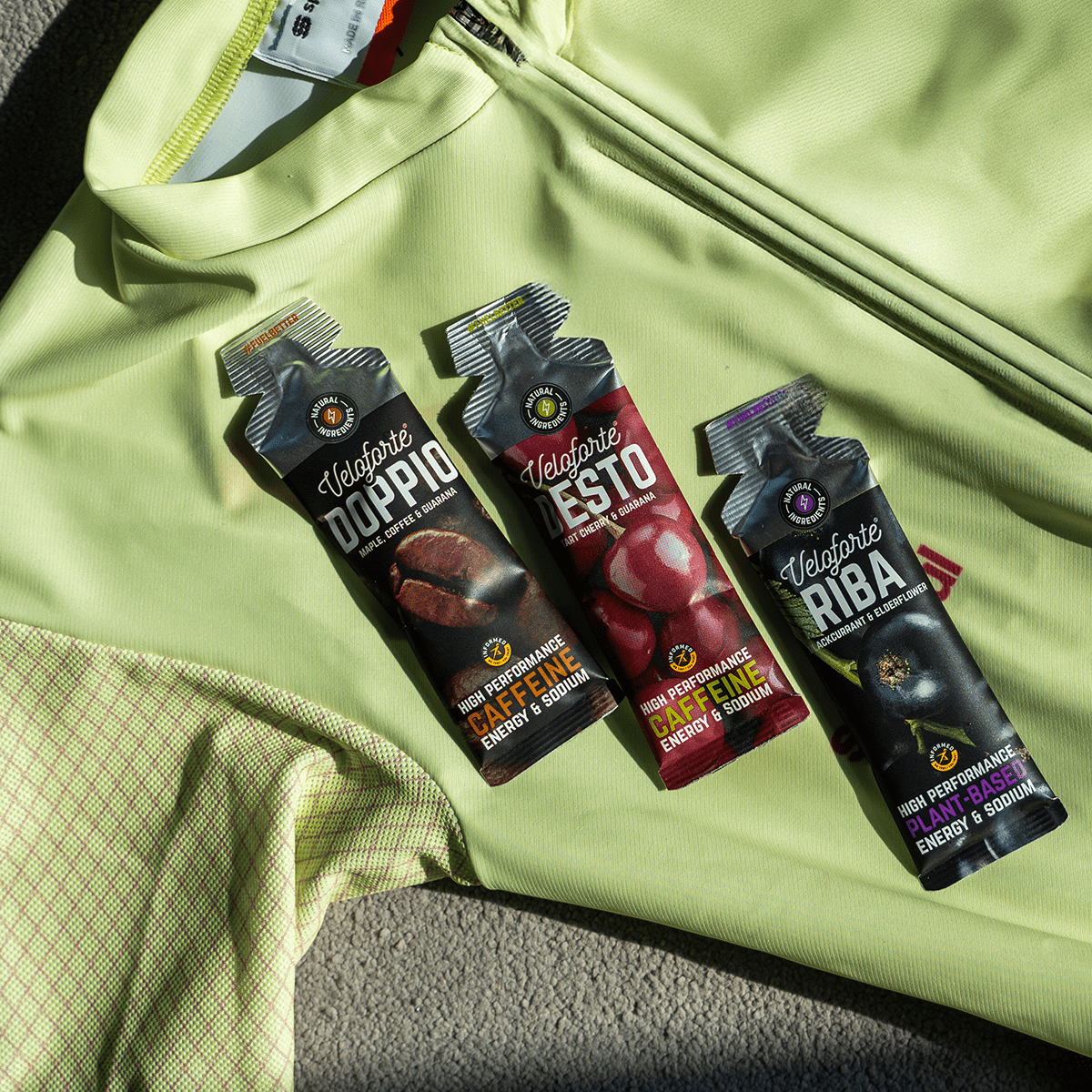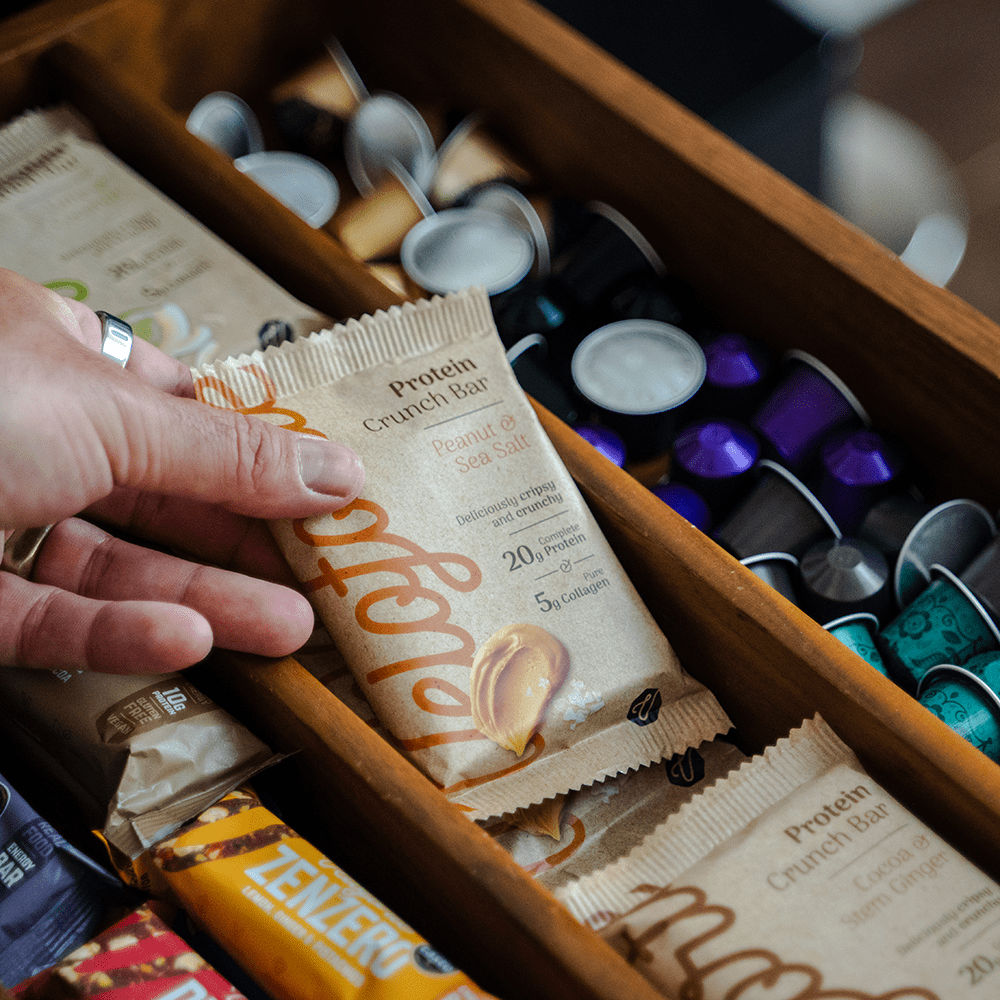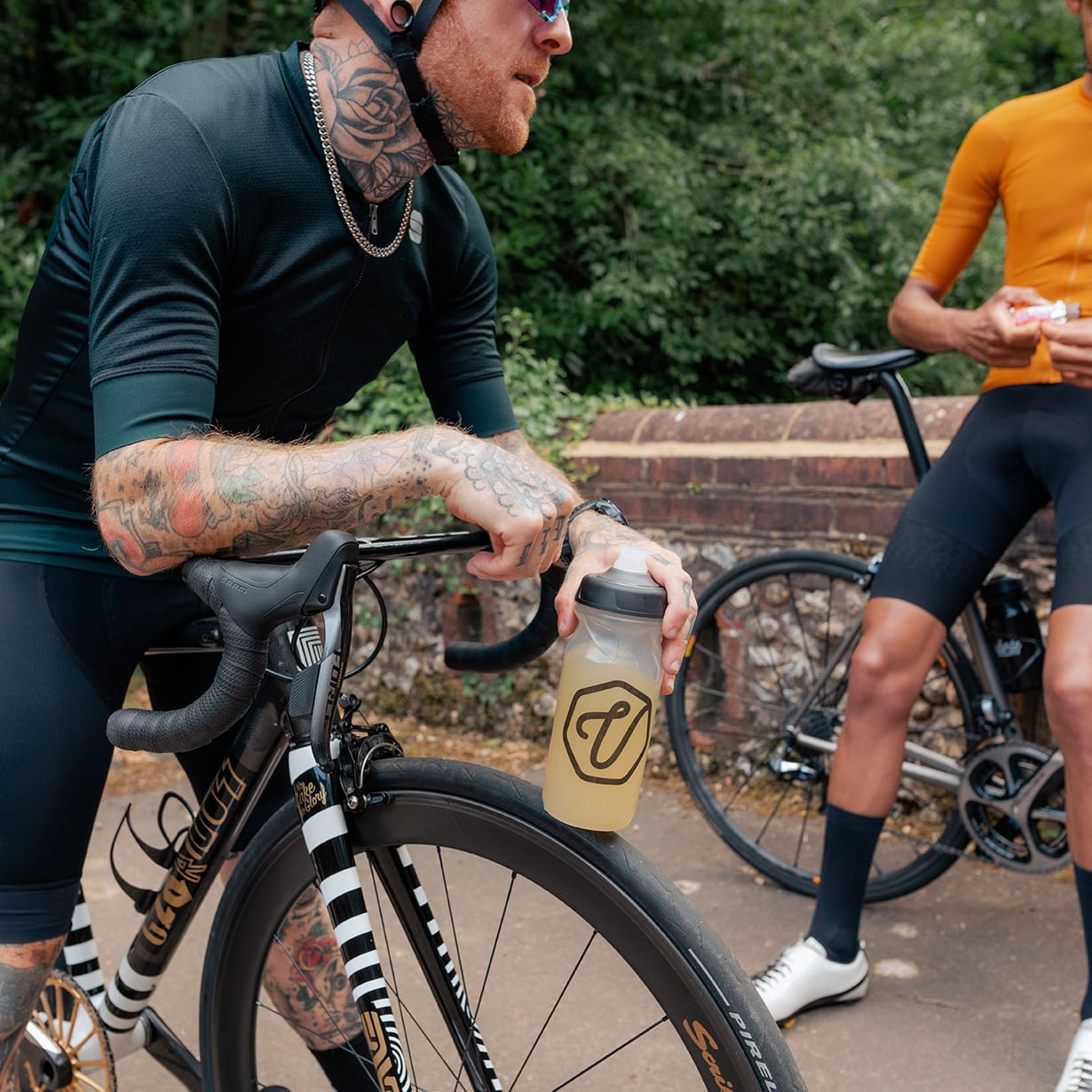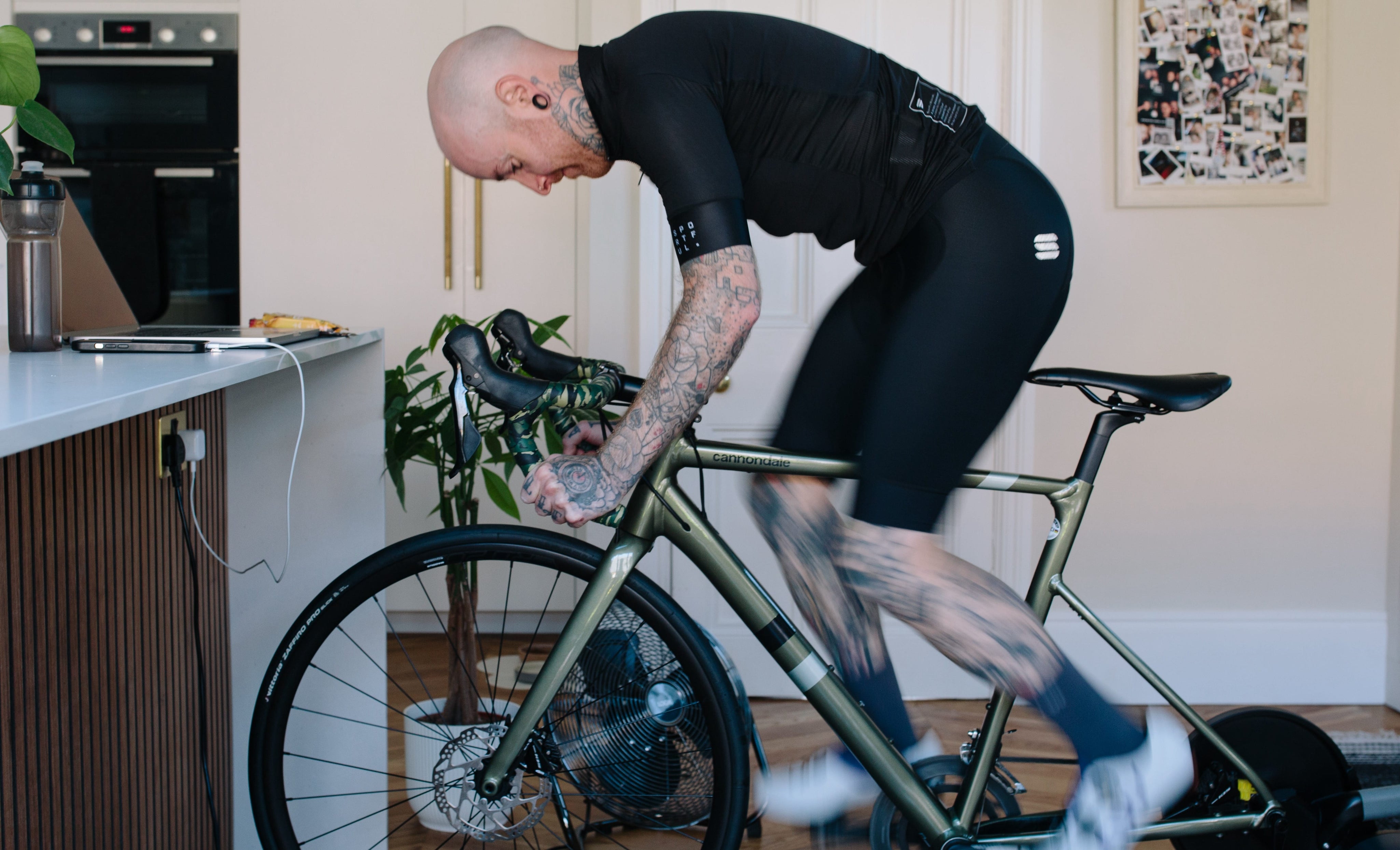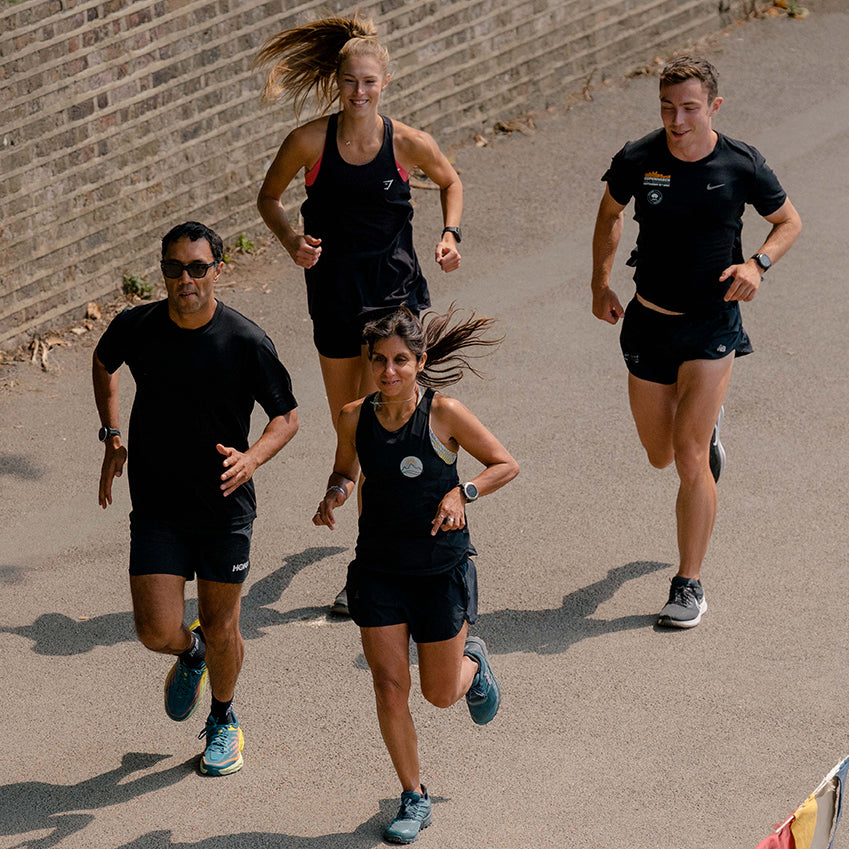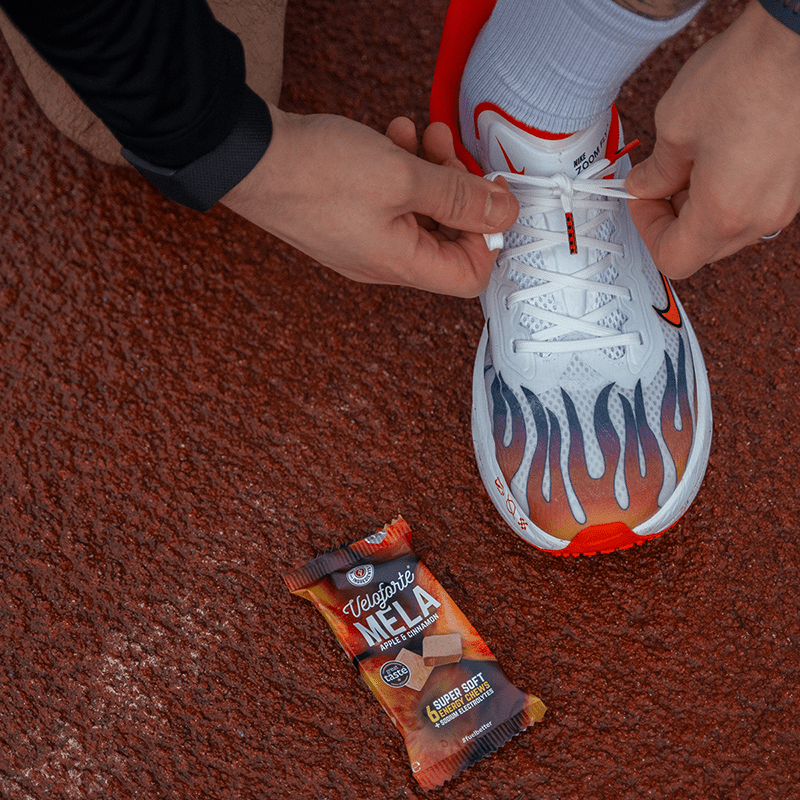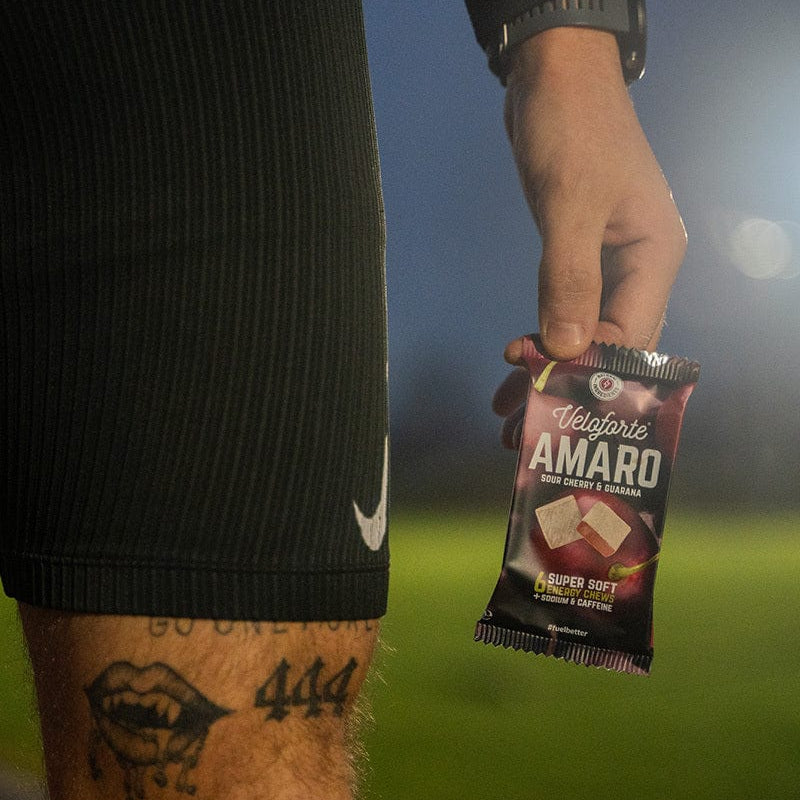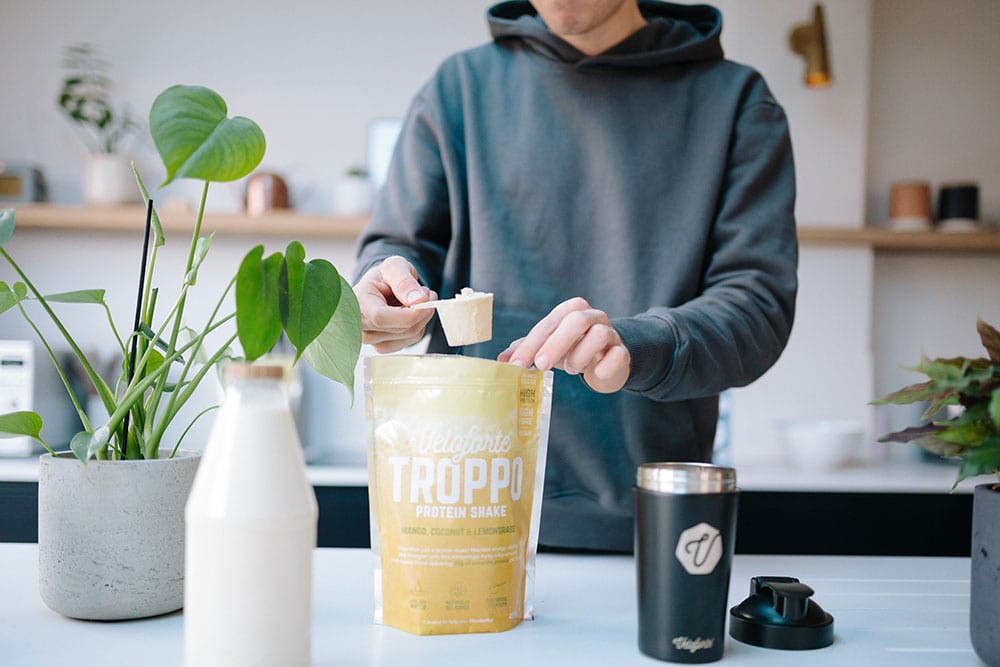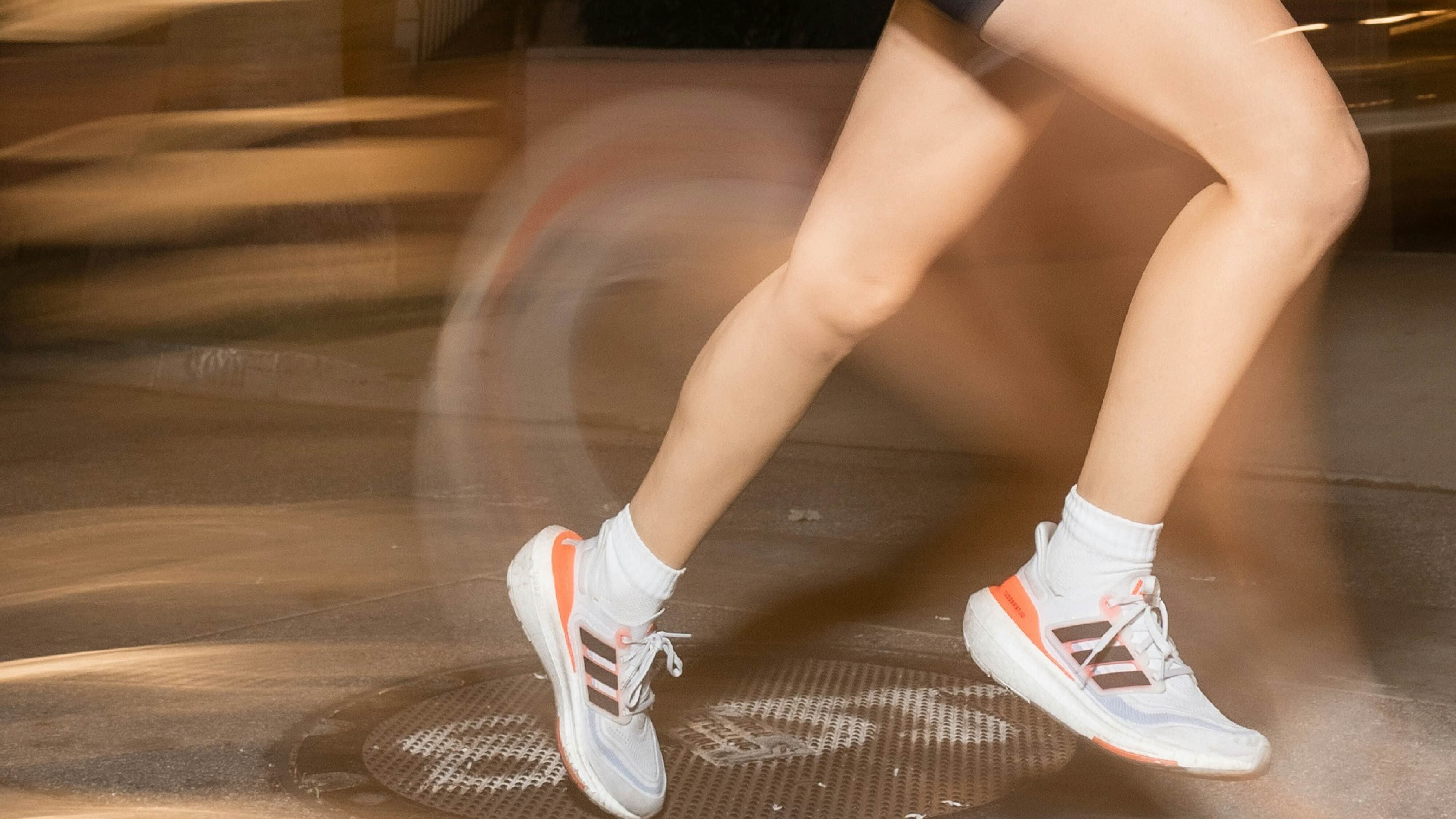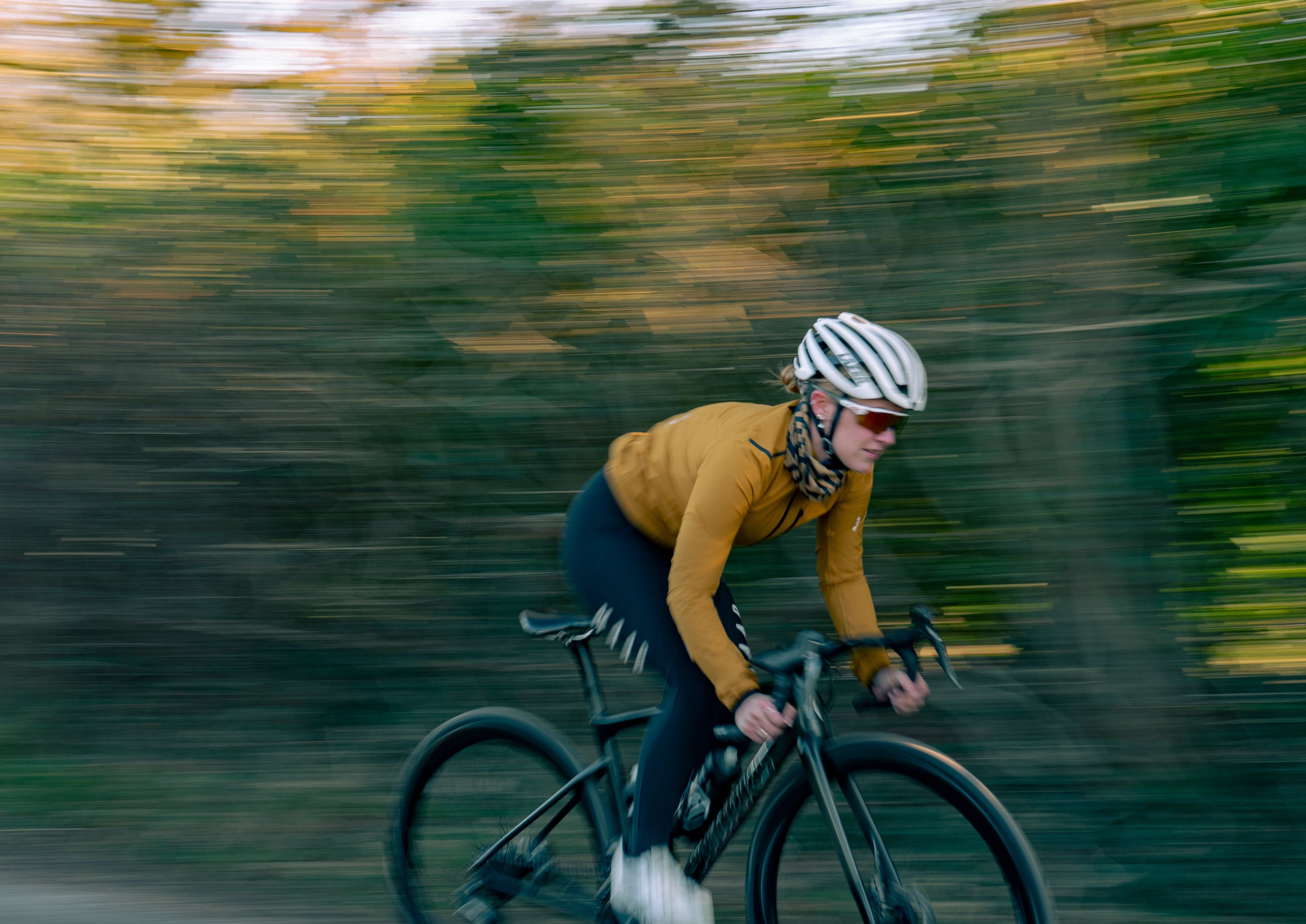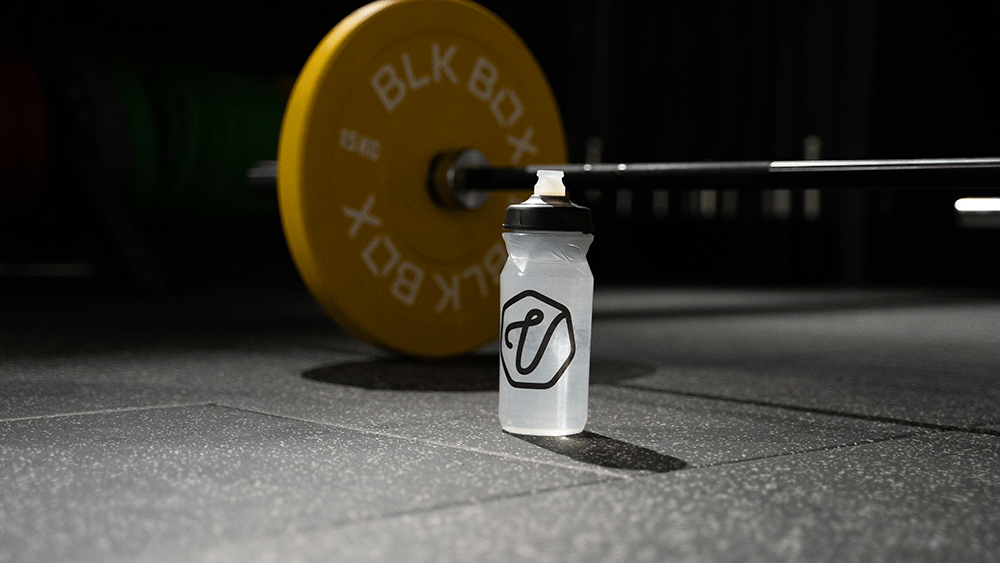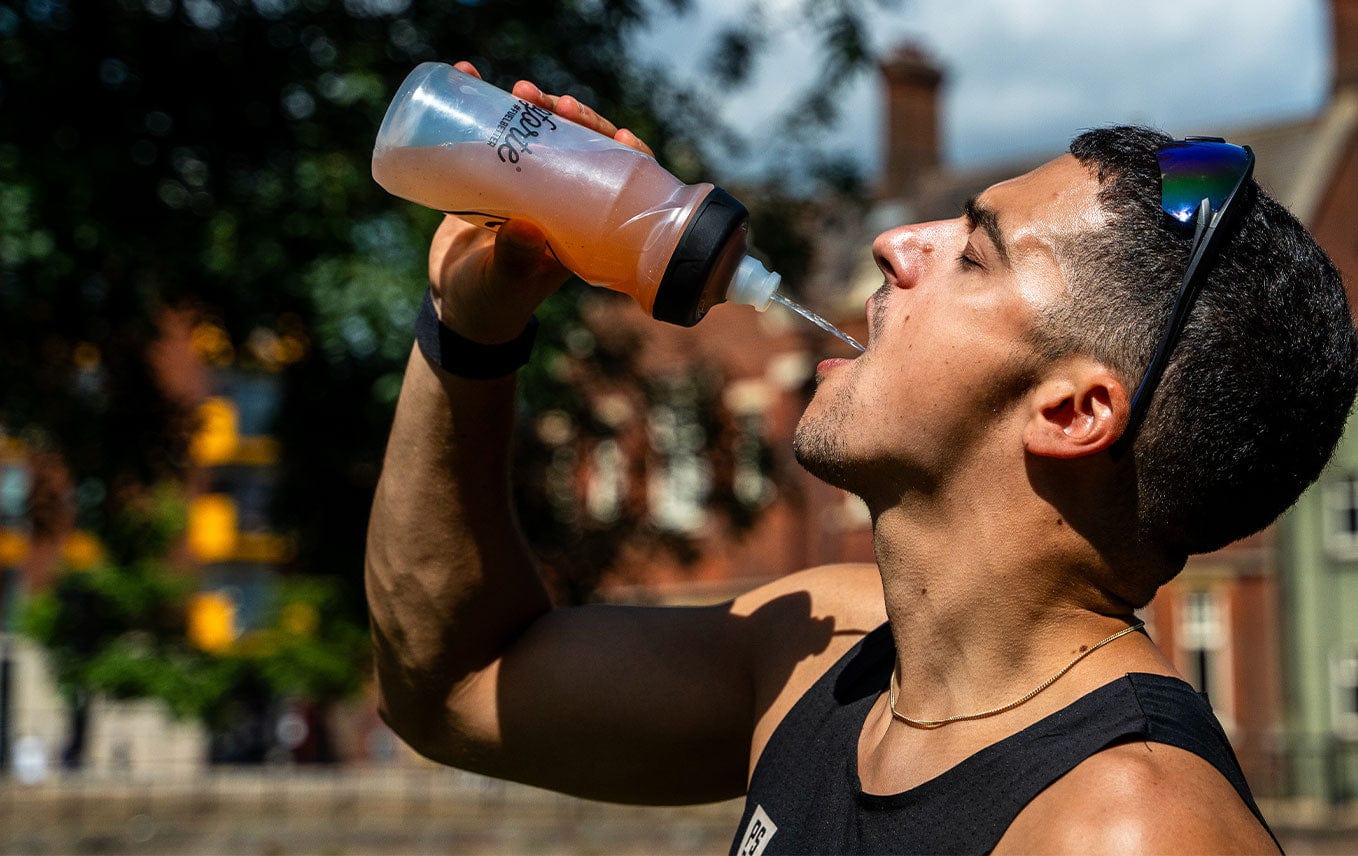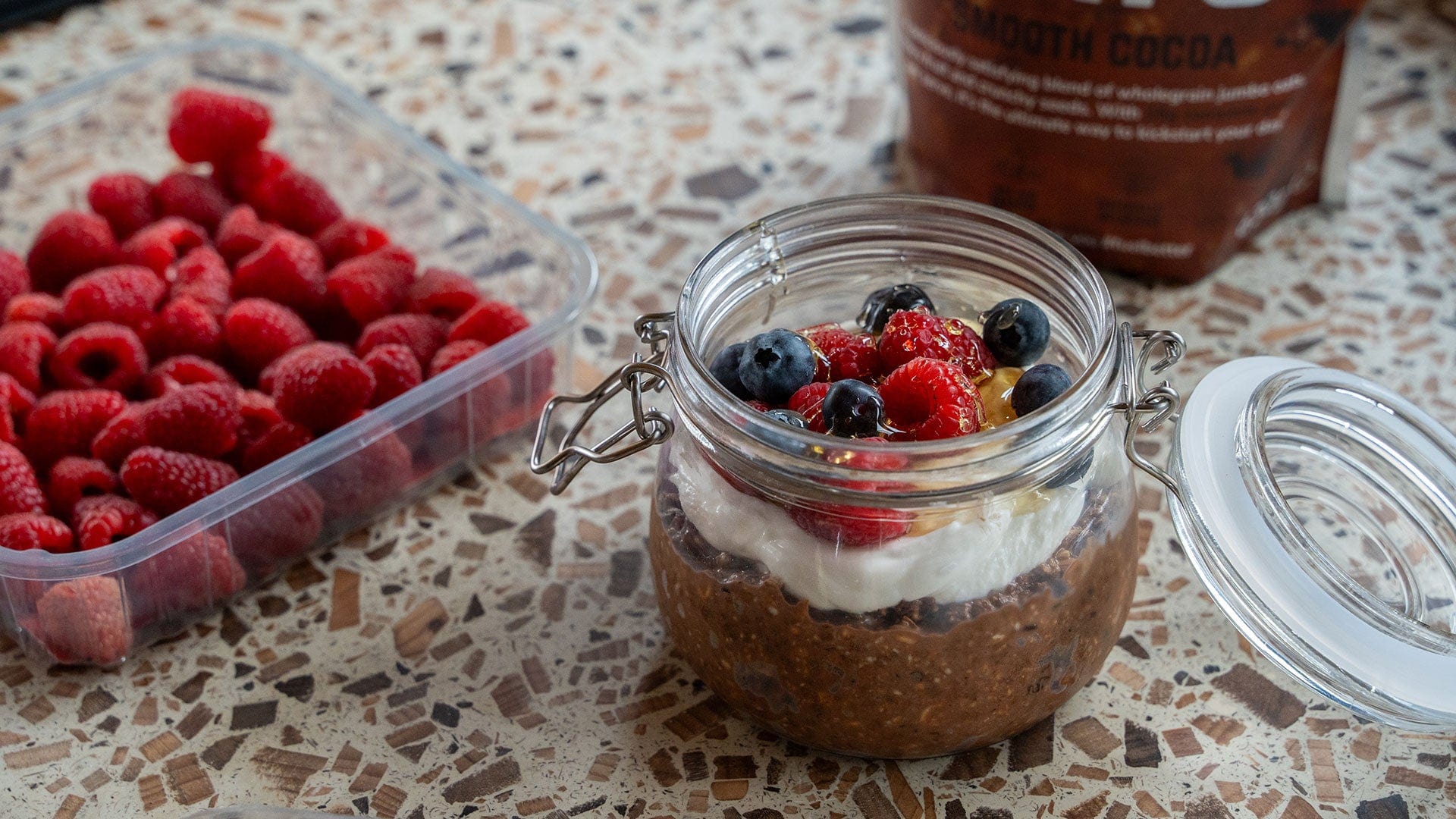Cyclocross is a fast paced race taking place over multiple laps of a short, mixed-terrain course featuring natural and man-made obstacles.
Technical challenges such as sand, mud, steep slopes and boards are interspersed with sections of very fast riding to test the fitness and technique of riders.
It’s one of the craziest and most fun race disciplines around! What could be better than spending your afternoon sliding around in the mud on your bike
Download the ebook above.
Cyclocross, CX, Cyclo-cross or just ‘Cross’ - what's it all about?

Cyclocross is a unique kind of cycle racing that is having a resurgence in popularity throughout Northern Europe and North America.
It was invented as a winter sport to help keep summer road racers fit and fast but is now a discipline in its own right with the World Championships a hotly contested pro race.
It is similar to a road criterium in its high-intensity effort and short duration but as it takes place primarily off-road there are also significant skills and techniques involved.
Cross is a great way of improving your fitness and your bike handling skills through the winter, as well as having a lot of fun.
It is incredibly exciting as a spectator sport as riders go head to head over the technical terrain, racing for corners and trying to claim precious seconds over the obstacles or by choosing faster or grippier lines.
Unlike any other type of cycle racing, a small percentage of running is included in each lap. Riders may need to shoulder their bikes under the top tube to run up steep slopes or dismount for stairs or knee-high boards.
The weather plays a huge role with races taking place in snow, ice, rain and mud.

As well as technical skills riders need to make wise decision choices about their equipment and set up, particularly tyres. A solid pit crew is an asset to any aspiring racer as you can change bikes as frequently as every half lap when conditions are really dire and you need reliable support on hand to clean and return your bike to you.
Cyclocross sportives or CX sportives are long-distance events on off-road but fairly untechnical terrain - suitable for gravel bikes, cross bikes and mountain bike.
What is the duration of a cyclocross race?
Cyclocross races take place over a set time rather than distance. Pros race for 60 minutes, women and vets for 40 minutes and beginners for 30 minutes, with even shorter races for children.
The number of laps depend on the conditions of the course with mud playing a big part in slowing riders down! Officials record the time it takes for the front riders to do a lap so they are able to calculate roughly how many laps will be completed in an hour and are able to ring a bell to let riders know when there is only one lap left to go.
In serious races, such as national championships, riders who are lapped by the leaders will be withdrawn from the race on the completion of that lap, but this doesn’t happen at local level races; instead every rider is able to race till the end.
For a beginner to cyclocross the set time duration rather than distance is a real benefit, you know you will only have to ride for an hour even if you cover significantly less distance than the winner.
What do cyclocross courses look like?
Cyclocross courses are generally as imaginative and technical as the course designer can get away with, within the rules.
Often the more minor league races have the greatest variety and in recent years we have seen everything from the ‘spiral of doom’ where you ride in ever decreasing circles to the centre and then wind your way back out, to Rapha’s infamous ‘tequila short cut’ or the double-jumps at the Herne Hill Hallow’een cross.
Cyclocross riders love a bit of show-boating and spectators roar encouragement at the best displays of skills (or ineptitude!). In many Belgian cross events the course goes through the beer tent, with the dismount planks in the middle, giving those with skills to jump them a captive, and inebriated, audience!
Of course at the top level there are certain elements of course design that need to be adhered to but consistently across all races you can expect a mix of tarmac, dirt, single track and grass. Depending on the terrain you may also get sand, lashings of mud and very steep bankings.
Cyclocross is a combination of fitness and skill, if the fastest rider loses seconds every lap on certain technical aspects it gives a more skilled rider a chance of the win. It's what makes the sport exciting for both racers and competitors.

What is special about a cyclocross bike?
Cyclocross bikes resemble road bikes at first glance but as you look closer you will see many differences.
- Firstly, their geometry; the off-road and skill element means you need to be slightly more upright, and less aero, to handle the twists and turns.
- As well as a slightly higher bottom bracket there is extra mud clearance between the frame and tyres to allow for mud and fatter, knobbly tyres and of course the tyres themselves are different. Some riders opt for ‘tubs’ instead of tires. These tubular tyres don’t have an inner tube and are glued directly onto specialist tub rims, they can be run at very low pressures without risk of pinch flats.
- Disc brakes for cross bikes came in over the last five years and now most riders use them.
- Some riders have opted to follow mountain bikers down the single chainring route, it saves using a front mech which can very easily get clogged with mud and then make shifting difficult.
On a true race bike there are no bottle cage mounts as, unlike in road racing, no one drinks during the race and it would be extra clutter inside the main triangle when shouldering your bike. Bikes are generally kept as clean and pared down as possible so there is less places for mud to stick to and less weight for when carrying the bike.
Do you need a cyclocross bike to race?
The cyclocross bike market has diversified in recent years with the advent of gravel bikes, adventure bikes and the work-horse type commuter that is based on a ‘cross frame but with mudguard and bottle eyelets. Any of these would be at home on a cross course or a CX sportive.
At local league events, but not national competition, mountain bikes are also allowed and on certain courses flat-bar 29ers might even have a technical advantage of the drop-bar, skinny tyre cross bike.
Our advice would be to get started with whatever bike you have, bar a true blood road bike. If you get addicted to ‘cross, which you will as everyone does, then you will become embroiled in all kinds of kit and tyre choices.
At the top level racers have a fleet of identically matched bikes so when they swap onto their clean bike in the pit lane it is exactly identical to the bike they just handed to their crew.

After the mud bath - bike maintenance
Mud is one of the key characteristics of cross, it provides a technical challenge to the rider and to their pit crew. A dry, fast dusty race just isn’t the same!
But because we love revelling in a mud bath bike maintenance becomes a priority.
It is not unusual to spend more time cleaning and maintaining your bike than you did racing it!
Let’s assume that for now you are only going to have one bike and you haven’t got a dedicated pit crew to do your dirty work for you, by the end of a muddy race your bike is going to be absolutely covered and probably a couple of kilos heavier. Your first challenge is getting the mud off.
Whilst jet washers are generally frowned on by bike mechanics because of the way they blast water into bearings, when it comes to cross nearly everyone has one.
Use a hose pipe or jet washer sparingly and target the frame aiming along the bike, not directly into any components; this will loosen and soften the caked-on mud. Next step is to use a soft brush to remove the mud and then clean as you would any other bike, degreasing the chain first, then other components and finally the frame to stop grease from being smeared everywhere.
Use a good water dispersant spray, such as GT85, afterwards to make sure everything is dry and then lube your chain. Something we have found really useful is to spray the frame with silicone spray to create a long-lasting film that mud doesn’t stick to.
Getting started in cyclocross
Cyclocross is a very easy sport to get started with, which is probably why it is increasing in popularity.
Whether you are a roadie, a mountain biker or a complete newcomer to bike racing you will find the ‘cross-community very welcoming and the races easy to understand.
One of the biggest bonuses when you are starting out is the definitive time duration of each race - you know that whatever happens you will only have to keep it up for a maximum of one hour.
Local league events are the best places to get started as you can enter on the day and they are the most informal. Build up some experience there before giving the national level series a go.
Most cross races are at the weekend, if you get really keen you can race in one league on a Saturday and another on a Sunday. As the racing is only an hour max it doesn’t need to take up your whole day (although the bike cleaning after it might!)
Cross races are very family-friendly with categories for kids, as well as for senior women and male riders all taking place at different times, so you can support each other and also enjoy your own event.
A lot of riders stay for the whole day, pitting for their friends and teammates before or after their own races. There is normally a good supportive crowd for every race which makes it fun for the riders taking part and watching the more experienced riders is a good way to learn more about line choices and how to tackle obstacles.
Training for cyclocross
Cyclocross is perfect racing for anyone short on time as not only are races an hour or less, effective training can be done in fewer hours per week than long-distance cycling or road racing.
Because it is so hard you will still be super fit and will be pleasantly surprised by how little, if at all, your endurance suffers. As most sessions are tough you need to recover well and hit them fresh to get the most from them. A lot of these can be done indoors on a turbo - great for winter nights - but to hone your skills there is no substitute for getting outside and practicing.
Before any of these sessions ensure you do at least 20 minutes of warm up and include a cool-down ride at the end.
-
Speed bursts
The idea of this is to simulate the rapid accelerations needed to propel you out of every corner and away from obstacles to get back up to speed as quickly as possible.
How: First ten seconds of every minute sprint hard out the saddle, then recover for 20 seconds before repeating again at 30-40 seconds. Do this for ten minutes, recover for five minutes and then repeat. -
Over/Unders
Cyclocross allows no time for recovery so your body has to become excellent at clearing or buffering lactate. This session puts you a little bit above the red and a little bit below to train to handle the lactate it is producing.
How: Spend two minutes riding uncomfortably hard at the lower end of your zone 4, follow with two minutes riding slightly easier at the upper end of your zone 3. It should not feel like recovery, only slightly easier. Do this for ten minutes, take a break and repeat (if you can manage it!).
-
Skill session
A skilful rider can beat a fit one and vice versa. There is no point working hard on your fitness if you aren’t going to back it up with great technique.
How: Design your own basic short-course on local playing fields or woods with some of the challenges you know you struggle with. Ride your cross-bike for your endurance rides off-road instead of road or mountain biking. Never miss an opportunity to practice a dismount or a bunny hop!
-
30-second sprints
Longer sprints are good for practising your starts and for hammering along at speed on any flat or straight sections.
How: Sprint as hard as you can for 30-seconds and then recover for 4 minutes. Alternate between in and out the saddle as sometimes you will need to stay seated to keep traction. Repeat until you have done 8 x 30 seconds.

Fuelling your training for cyclocross
Cross-training is super intense so you need to bring your 'A game' to every hard session and ensure you recover well afterwards.
- Before - Pre-training nutrition
Make sure you have a small meal or an energy bar 1-2 hours before your session is due to start. This is especially important when training after work as a day in the office can leave you feeling depleted.
Our Avanti bar will set you up nicely. It tastes great, packs in 40g of all-natural carbohydrates and also contains sea salt electrolytes to help stave off muscle fatigue. A little caffeine boost can also help, whether it’s from an espresso (delicious with Veloforte bars, by the way), or an on-the-go option like our Amaro chews.

- During - Nutrition during your training
Hydration takes on added importance if you are training inside and some of the very hard sessions you will be unable to eat, if you feel you need extra energy a light carb drink in your bottle will help.
Veloforte Hydration Powders can also help boost your energy during long training. By restoring sodium, potassium and micronutrients that are often lost during hard training, you can maintain your performance with nature's finest ingredients and real fruits.
For any endurance-based sessions or outdoor riding keep a stash of Veloforte chews in your pocket for quick boosts of energy. They’re super easy to eat on the go, and deliver a gently-flavoured pick-me-up right when you need it.
- After - Post-training nutrition
When your training session is finished you need to immediately start on getting your body ready for the next one, so that means carbs and protein. You may not want to eat too much immediately after a hard session but you should, and our tasty Forza bar is easy to eat because it's so delicious and the natural ingredients and 12g of complete protein are easy on your stomach.
Try to have one even before you shower as this will kick start your muscle repair until you can have a larger meal.
Race Day Preparations
Your approach to a cross race can be as serious or casual as you prefer. Some riders turn up in their kit with barely enough time to sign on and pin their number before heading to the start line. Others take a more focused and organised approach.
Here’s how we'd get ready for a local league race day:
![]()
Breakfast:
Even though the actual race only takes an hour, with a practice lap or two, your warm-up and race you will still be spending a good 2-3 hours on your bike in total. Also depending on the race timings, you may not have an opportunity for another ‘proper’ meal before your race, so make breakfast count.
Porridge with fruit, nuts, seeds or even peanut butter gives a good combination of protein and carbs. Scrambled eggs with a bagel or bircher-style muesli are good choices.
Head to the course:
Driving to an event is a good time to make sure you are staying well-hydrated and topping up your carb stores, keep something filling like a Veloforte Forza bar to hand to eat on the way.
We used to ride out to local races as it was a way to get a decent length endurance ride in over the weekend, yes it may blunt your race speed a bit but if your main focus is longer summer events this is worth considering.

Sign-on:
Don’t leave it till the last minute to sign-on and get your number. It’s helpful to the organisers and it saves you any last-minute panics! We have learnt from experience that getting another rider to pin your number on when you are already lined up isn’t the best way to get a fast start!
Practice lap:
If you really want to have a good race take your time on your practice lap and really study the course. The best riders choose their own lines and don’t just follow the pack. Look for any opportunity to shave off a few seconds and experiment with different ways to tackle technical sections, you might not be able to get a clean run at it during the race so need an alternative.
Remember this simple phrase, ‘green is grip’ - try and always corner and turn on fresh green grass not the churned up mud strip everyone else is following.
Change into race kit:
After your practice lap change into your dry race kit and layer up a tracksuit or cycling tights to keep warm. Now is the last time to eat a slightly larger amount of food. This is when you would find us in the car, feet up on the dash, heater on, munching through a pre-prepared sandwich, pasta or rice dish. Don’t forget to keep drinking. As you won’t be taking a bottle during the race you need to be fully hydrated at the start.
Warm-up:
As a rule of thumb, the shorter and faster the race (in any discipline) the longer your warm-up needs to be.
You really need a good 30 minutes on the turbo or rollers so you are nicely steaming when you go to the start line.
Now is also a good time to have a few more bites of an energy bar — or perhaps a Veloforte Doppio energy gel to deliver some dual-action carbohydrates and a hit of natural caffeine to get you in the race zone. Also, don't forget to keep your water bottle handy.
Bring your heart rate up gradually but toward the end do some harder sprints and fast leg work so you are primed and ready.
Start line:
Keep a few Amaro chews with you to eat on the start line so the caffeine is peaking in the middle to second half of the race when you most need it.
Wear some extra layers to the start that you can easily strip off, you don’t want to start freezing cold. Once the start gun goes and the field surges forward with you in the thick of it you will be running on excitement and adrenalin. Keep a cool head and remember the lines you learnt in practice whilst giving it absolutely full-gas at every opportunity! It’s a maximum of an hour so aim to finish with nothing left in the tank.
Recovery and Clean up:
Post-race if you have any legs left at all go for a gentle spin to warm down, otherwise the leg stiffness the next day will be horrific! Get into warm dry kit as quickly as possible before even thinking about hosing down your bike.
Cross racing is super intense so it is not unusual to feel a bit sick, it may take a while before your stomach feels ready for food or even water. Be ready with something easy to eat that will help to restore your carbs and offer your hard-working legs some protein. We tend to find a hot brew from the catering truck and a Veloforte Forza bar go down rather well at this point!


